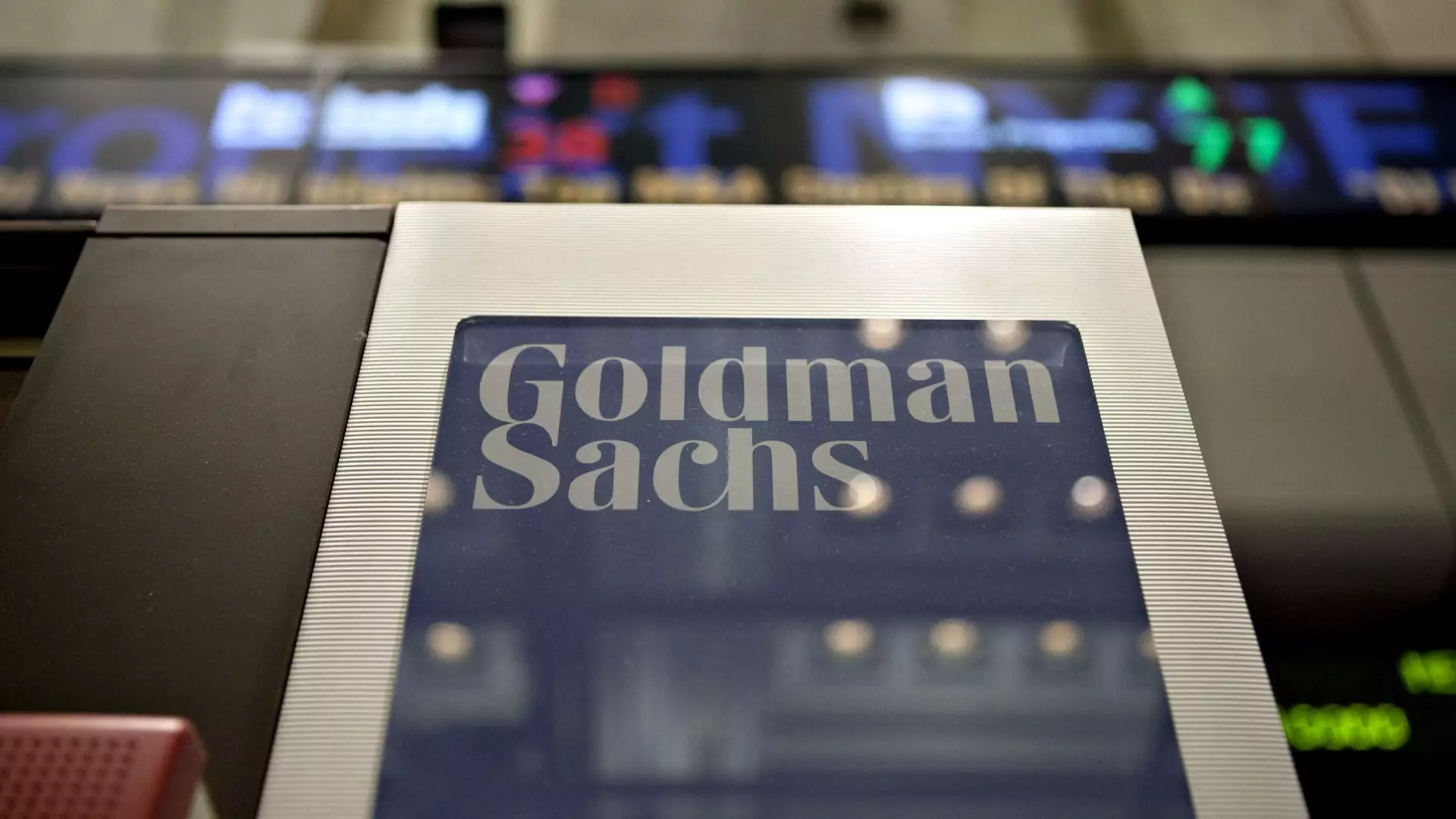In the midst of market upheaval caused by a surge in longer-term yields, investors are flocking to short-term U.S. government bonds as a safe haven. The recent auction of 52-week Treasury bills at a 5.19% rate saw an overwhelming demand, reaching its highest level this year. This surge in demand for short-term bonds is driven by the desire to capture higher yields in the front end of the yield curve, as explained by Lindsay Rosner, head of multi-sector investing at Goldman Sachs Asset and Wealth Management.
The decision to invest in short-term U.S. government bonds is a strategic response by institutions and wealthy investors to the escalating long-term interest rates that have shaken the markets. With the 10-year Treasury yield climbing to a 16-year high of 4.89% after a strong September jobs report, investors are looking for ways to weather the storm and protect their investments. This shift to short-term bonds has resulted in over $1 trillion being poured into new Treasury bills last quarter, making it a burgeoning trend in the market.
By investing in shorter-duration Treasuries, investors are capitalizing on the prevailing sentiment that interest rates will remain elevated for an extended period. This strategy positions them to potentially benefit from the steepening of the yield curve in the future, as longer-duration Treasuries, such as the 10-year bonds, may offer higher yields. The allure lies in collecting a 5% coupon for the next year with the possibility of obtaining double-digit yields in longer-duration Treasuries or even corporate bonds in the future.
While there has been a significant decline in the value of 10-year Treasuries in recent weeks, other fixed income instruments, including investment-grade and high-yield bonds, have not fully reflected the shift in rate assumptions. As a result, these bonds are currently deemed unattractive. However, this situation presents an opportunity for astute investors who can anticipate future market movements. As interest rates continue to evolve and the market adjusts, there may arise an opportune moment to invest in these fixed income instruments at discounted prices.
Professional managers are also adjusting their portfolios in response to the recent market turbulence. By reducing the average duration of their portfolios, these managers are aiming to mitigate potential losses caused by the fluctuating interest rates. Treasury bills, with their high demand, serve as an effective tool in managing portfolio durations for those seeking stability and protection.
The surge in demand for short-term U.S. government bonds amidst the volatility in the market reflects investors’ quest for security and higher yields. This strategic move to capture higher yields in the front end of the yield curve is driven by the expectation that interest rates will remain elevated for an extended period. While longer-duration Treasuries have experienced a decline in value, investment-grade and high-yield bonds may present promising opportunities in the future. By adjusting portfolio durations and allocating investments into short-term government bonds, investors are positioning themselves to weather the storm and potentially benefit from future market movements.


Leave a Reply